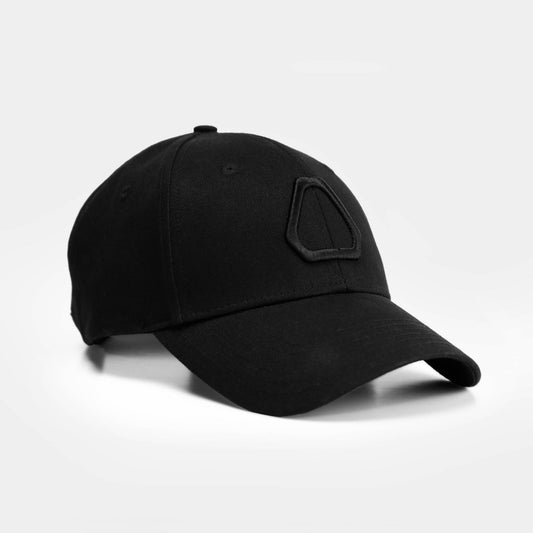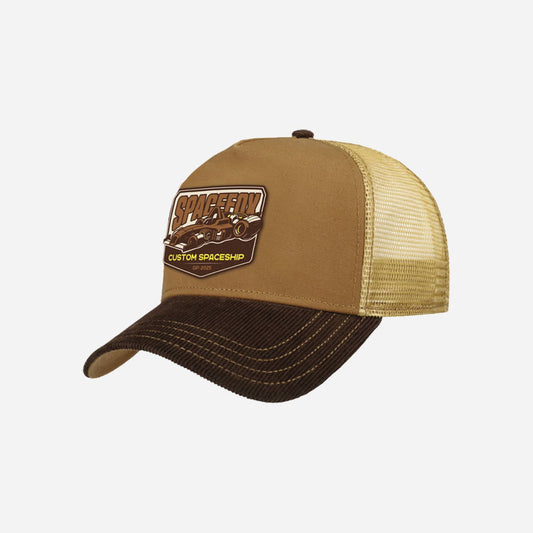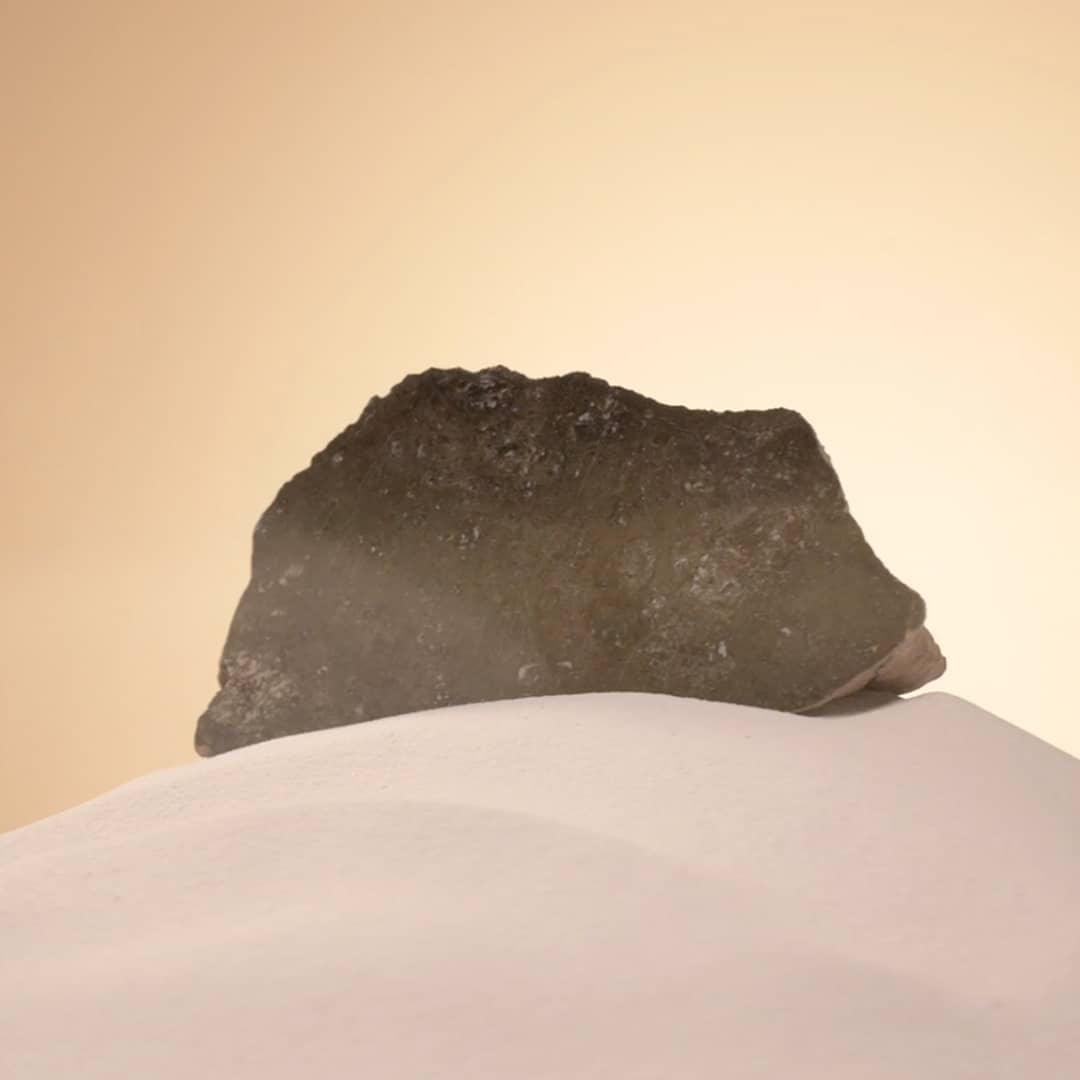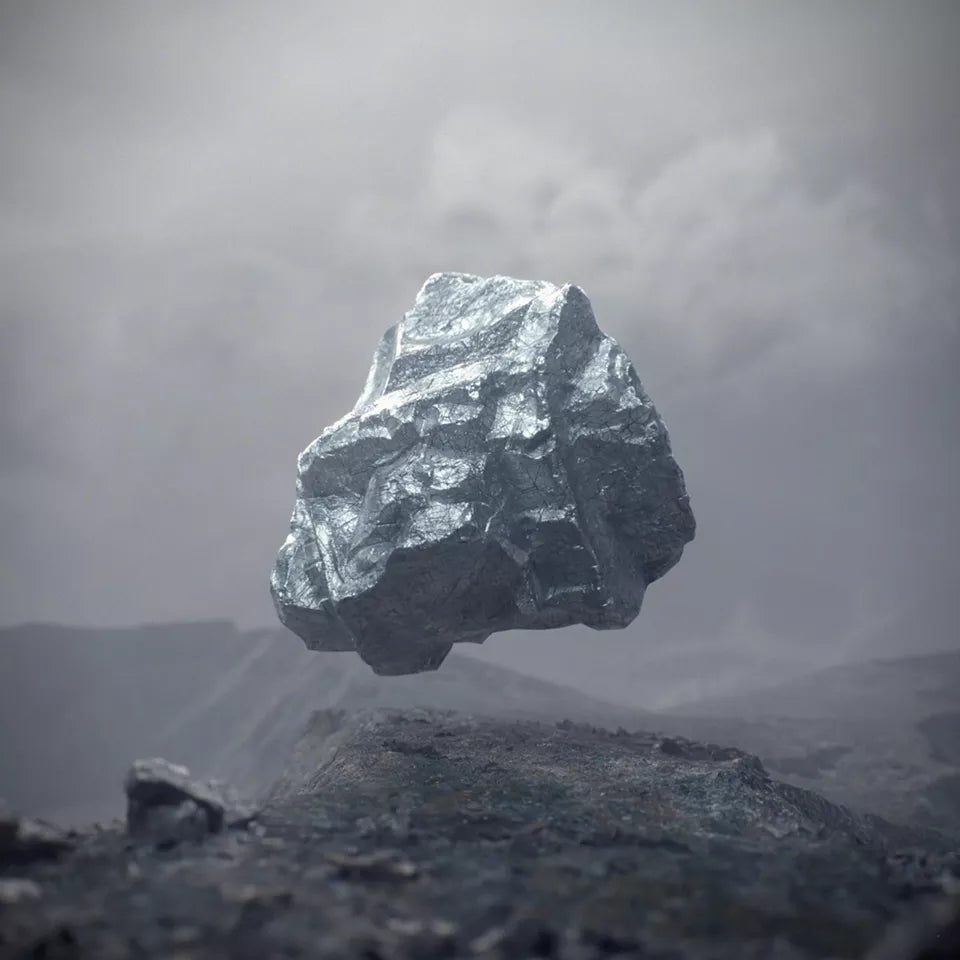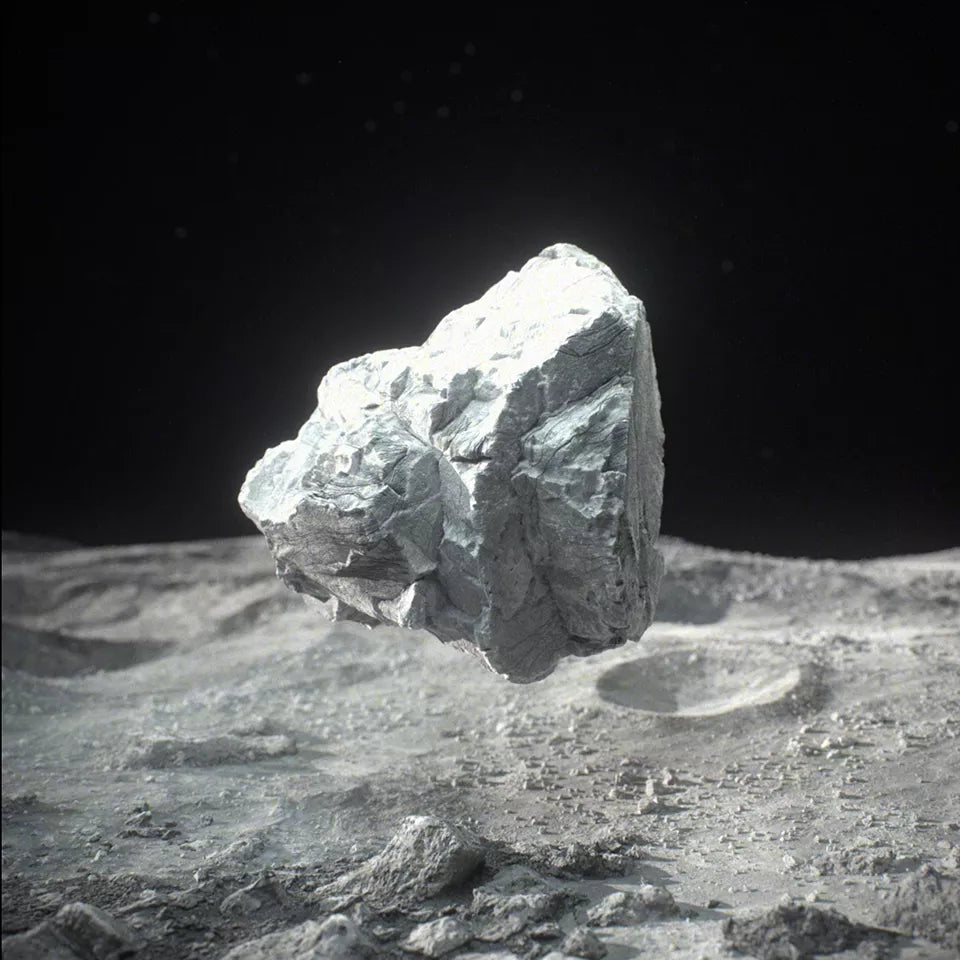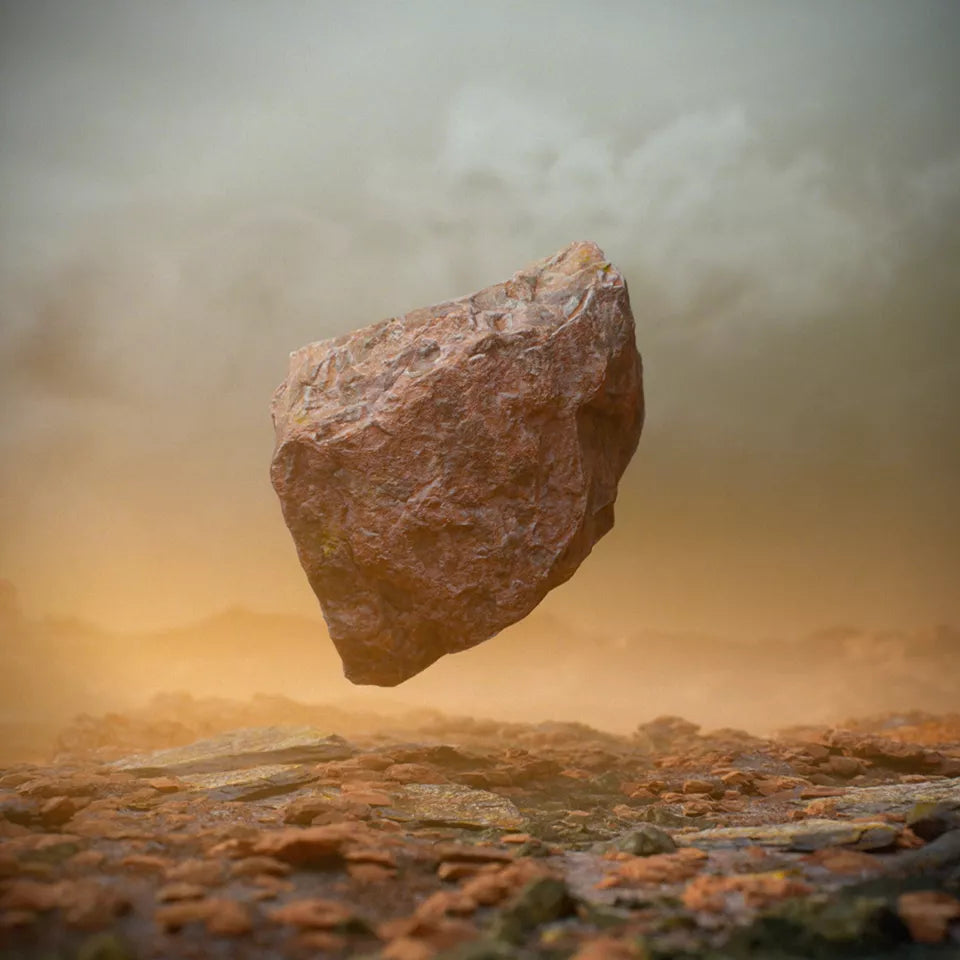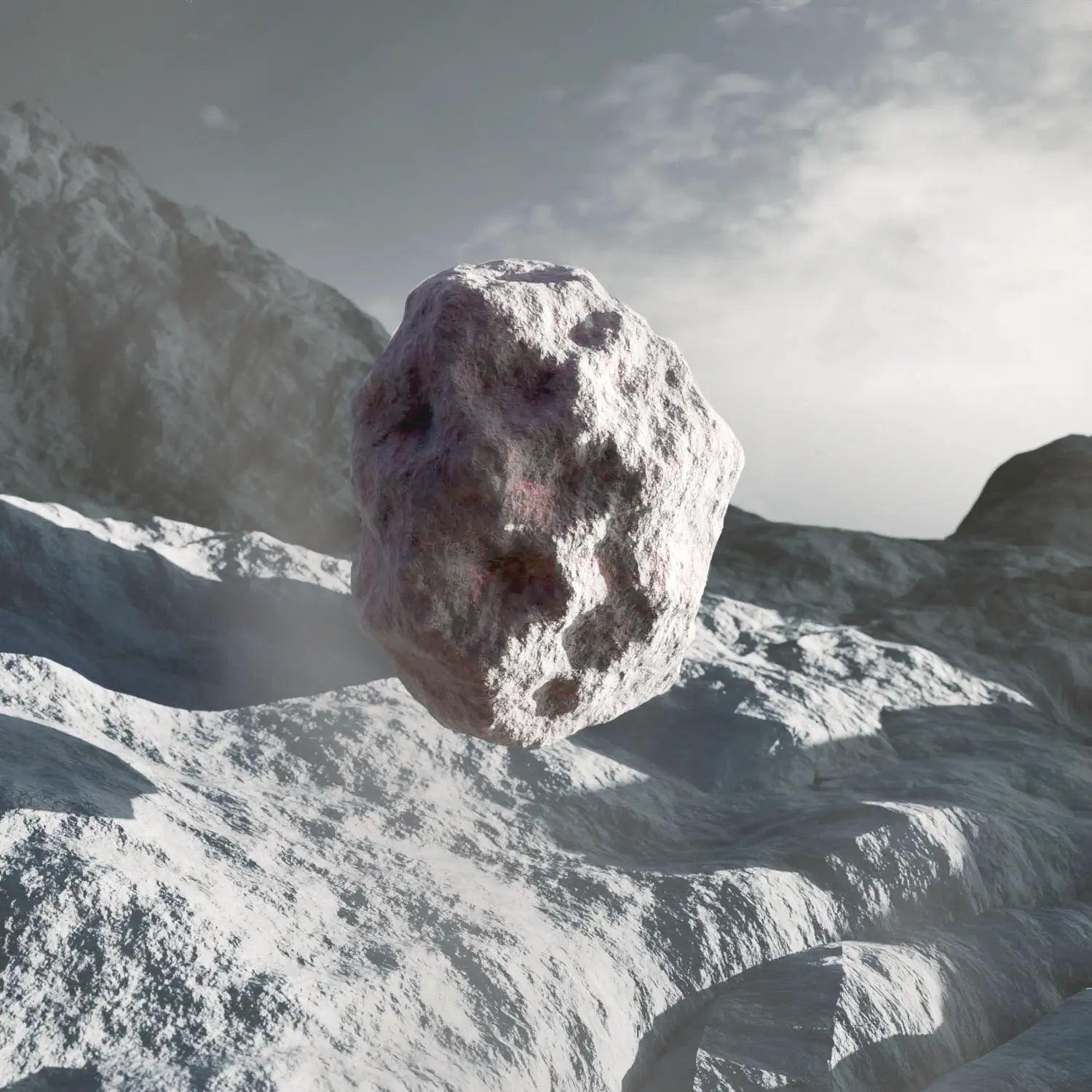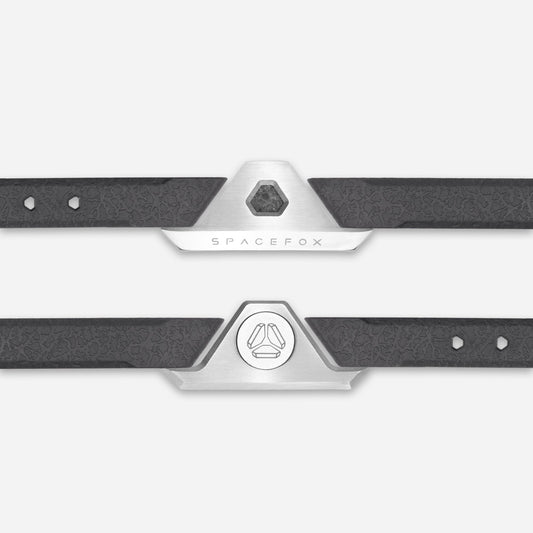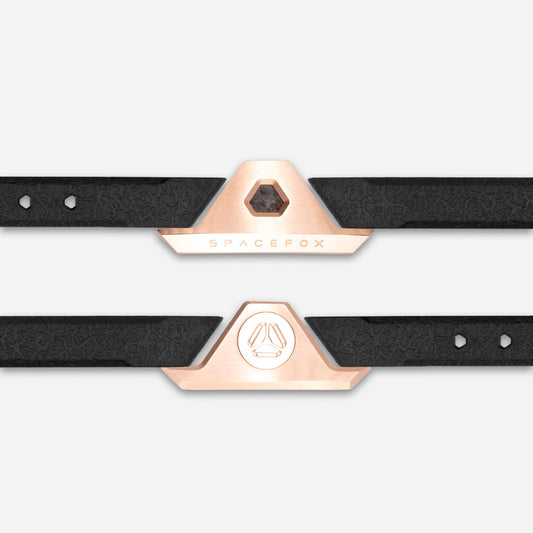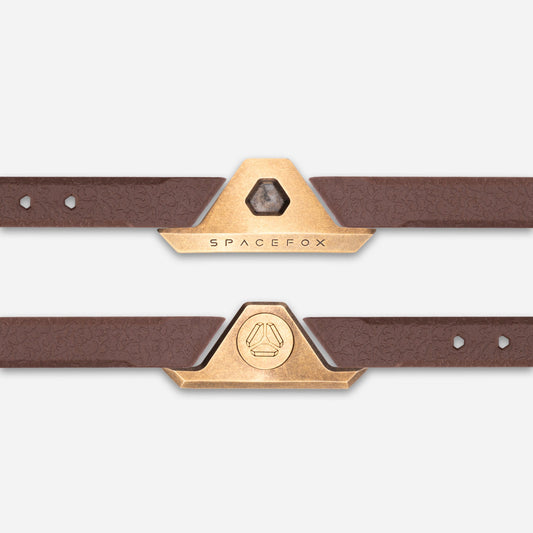On estime à plus de 230 le nombre de météorites qui tomberaient chaque jour sur notre planète


D'où proviennent nos météorites
Nos météorites sont toutes authentifiées et analysées par la Meteoritical Society dont Luc Labenne est un membre français. Ce chasseur de météorites explore les déserts chauds et froids à la recherche de météorites pour les étudier et partager son savoir. Son travail reconnu par l’ensemble de la communauté scientifique, il collabore couramment avec les musées et les universités du monde entier.
La Meteoritical Society, organisme officiel dont le siège est situé dans le Département de Chimie et Biochimie de l’Université de l’Arkansas aux États-Unis, a pour fonction de répertorier officiellement les nouvelles météorites avec leur classification.
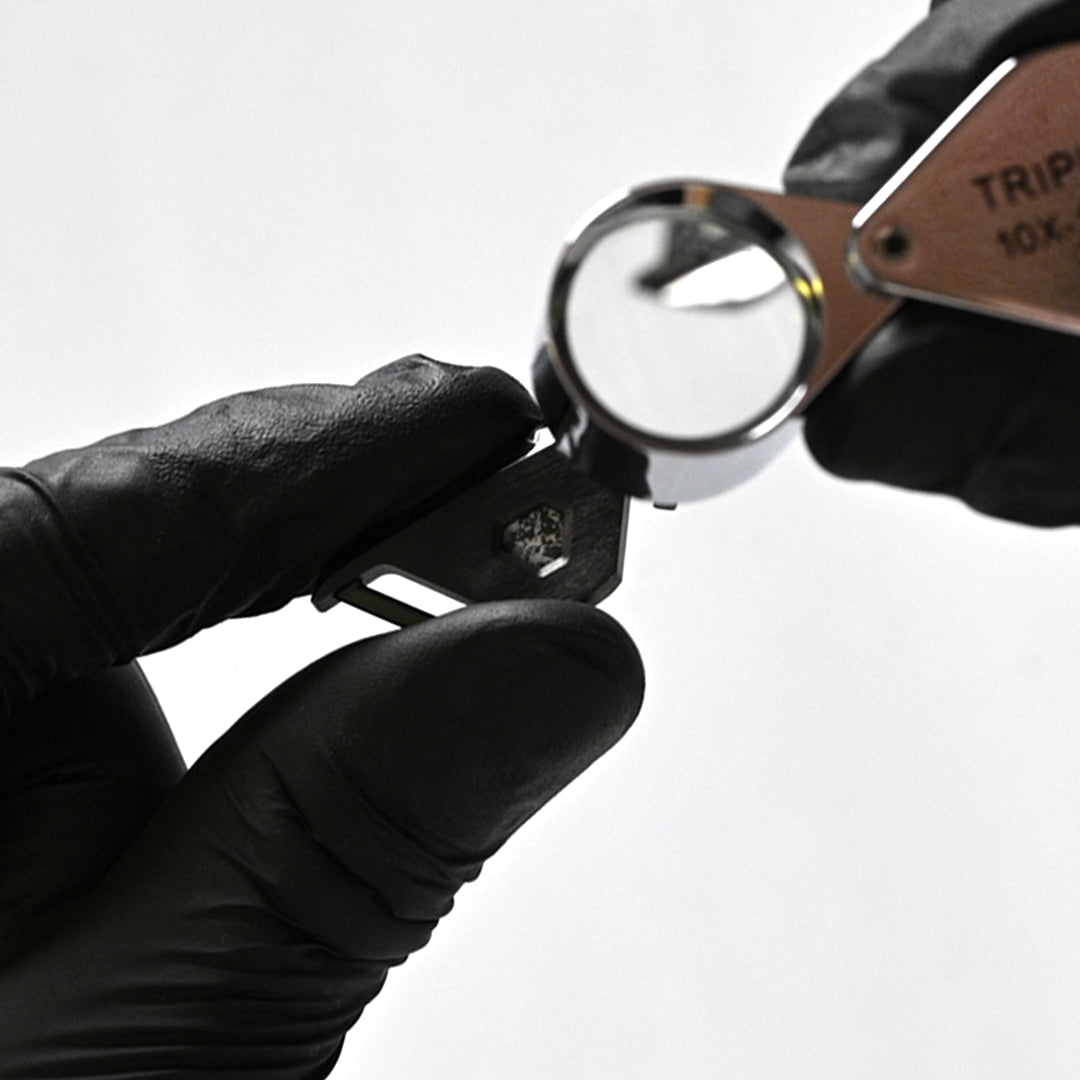
Comment sont certifiées les météorites
Les météorites contenues dans les bracelets Collision ont toutes été certifiées. Les pierres météorite sont analysées afin de définir leur composition chimique, leur provenance et leur nature.
Les experts et la Meteoritical Society certifient et classifient officiellement les météorites dans le Meteorical Bulletin et leur base de données accessible en ligne.
Analyses de la Meteorical Society
Par exemple pour déterminer l’origine lunaire d’une pierre, les scientifiques utilisent comme référence les échantillons ramenés lors des missions Apollo. Une étude comparative est alors menée qui permet d’approuver l’origine lunaire.
Pour déterminer l’origine martienne d’une pierre, les scientifiques spécialistes des météorites utilisent une technique découverte en 1983 par Donald Bogard et Pratt Johnson. Elle consiste à percer les fines bulles présentes dans la météorite. Ces bulles contiennent d’infimes quantités de gaz d’atmosphère martienne correspondant exactement aux analyses faites par la sonde Viking en 1976. Ce sont ces mêmes analyses qui servent aujourd’hui de référence aux spécialistes des météorites martiennes.



